The Ins and Outs of Chronic Pain
Chronic pain is a multifaceted medical issue that demands a comprehensive approach for effective recovery.
Let’s break it down:
First off, pain isn’t inherently negative, even though we often view it that way. Pain is a protective mechanism of the brain designed to alert us to potential threats. For example, if you touch a hot stove, receptors in your fingers send signals to your brain, which then assesses the danger of the situation or environment. If your finger remains on the hot stove too long, the brain triggers PAIN to prompt you to remove your finger and avoid further harm. Thus, pain is a crucial aspect of keeping us safe and alive. In similar fashion, pain accommodates injury as a result of the healing process to one, alert our body that it is not functioning at 100% and we need to respect that, but also as a result of the chemical events triggered by inflammation.
When pain from a specific injury lasts beyond three months, or the typical tissue healing timeline, it is classified as chronic. The longer it persists, the more detrimental effects it can have. Several factors can contribute to pain lasting longer than expected. Incomplete recovery, such as skipping physical therapy after an ankle sprain, is a major factor. Emotional stress at the time of injury also profoundly affects your pain experience and recovery, regardless of the injury's severity. Additionally, poor nutritional choices can hinder healing, as a diet high in inflammatory foods does not support recovery.
So, what are some of the negative impacts of pain sticking around longer than expected? Chronic pain can actually lead to negative changes in the nervous system. Incomplete healing and the prolonged presence of inflammation will result in a nervous system that becomes hyper-sensitized and confused. This looks like an increased frequency in pain messages to the brain in response to things that aren’t innately harmful or threatening.
So, what can you do about it?
All of this provided information aims to inform rather than discourage. Understanding what’s happening in your body is empowering and the first step to healing from chronic pain! Research literally shows that learning about the mechanisms of chronic pain is one of the most powerful interventions for treating chronic pain, which is why there are a number of popular books about the experience of pain in the body. Additionally, seeking out skilled providers trained in addressing the complexities of chronic pain is hugely important because assistance is necessary to help retrain the brain and nervous system.
Other fantastic practices that can be used to quiet the alarm signals and promote healing include: diaphragmatic breathing practices, meditation, and journaling or tracking pain triggers and symptoms to learn about potential emotional connections to your pain.
If you’re experiencing chronic pain, whether that is chronic low back pain or abdominal cramping, I want you to know that there is hope. There are so many incredible treatment strategies out there, and it typically looks different from person to person, but healing is possible, and it starts with learning.
For further learning, consider these valuable resources:
Explain Pain by David Butler and Lorimer Moseley
The Brain’s Way of Healing by Norman Doidge, MD
The Body Keeps the Score by Bessel Van Der Kolk, MD


